How Can NFTs Be Used in 3D Printing?
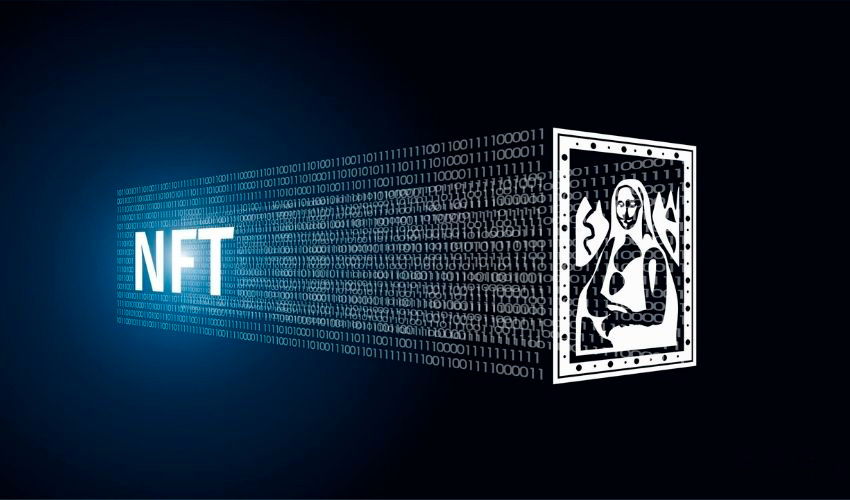
NFT, blockchain, Ethereum, Ether, cryptocurrency, eWallet, Metaverse…You’ve probably come across these terms often in recent months. After all, they can be found in numerous headlines and fuel the debate on whether digital asset trading is just another investment bubble or whether the hype has the potential to usher in a new era after all. For artists and investors in particular, this question seems to be of great importance. But what are the buzzwords all about? What is the definition of NFT and why is it important? And how might a digital market be of interest to additive manufacturing? We spoke with Danit Peleg, fashion designer known for her 3D printed garments and Ioan Florea, creator of the first 3D printed art collection, to find out what art creators hope to gain from cryptocurrency, especially artists within the 3D printing community. In addition, blockchain expert Jerome de Tichey, Global Head of Client Success at Ledger and President at Ethereum France, gave us insights into the legal challenges surrounding NFTs.
What are NFTs?
Although it may seem that NFTs are still a fairly recent phenomenon, they actually emerged back in 2014/2015. But first, let’s clarify what NFTs are in the first place: NFT stands for non-fungible token, which means that they are not interchangeable. However, in order for this uniqueness of tokens to make sense, it is first important to understand that a Non-Fungible Token has a certain value similar to other well-known forms of currency such as the Euro or Bitcoin. However, compared to Bitcoin, an NFT is not interchangeable with another NFT, they have an individual identification code and cannot be exchanged one-to-one with each other (as would be the case with Bitcoin or Euro). Due to this, it is possible to mine digital goods of any kind (such as illustrations, video clips, social media posts) and assign them a certain value.
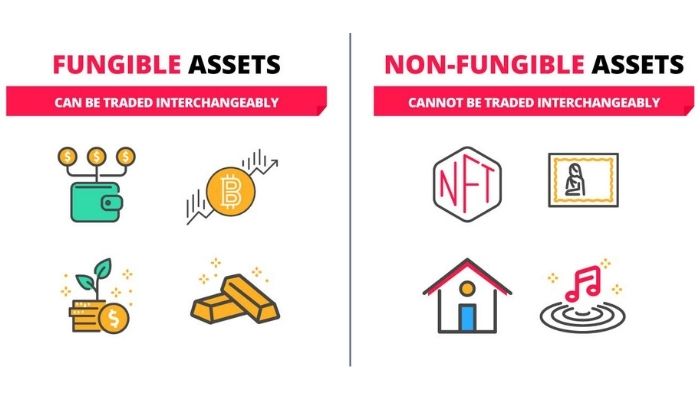
The difference between fungible and non-fungible assets
Let’s take a look at some of the works that have already been successfully sold as NFTs. The most expensive work is a JPEG file with the name “Everyday: The First 5000 Days” which was auctioned off by Christie’s at the beginning of the year for an incredible $69 million USD. It is a collage of 5,000 individual artworks by the artist Beeple (Michael Joseph Winkelmann), making the American one of the three most valuable living artists. Another well-known example includes the first Twitter post by Twitter co-founder Jack Dorsey, which sold for $3 million USD.
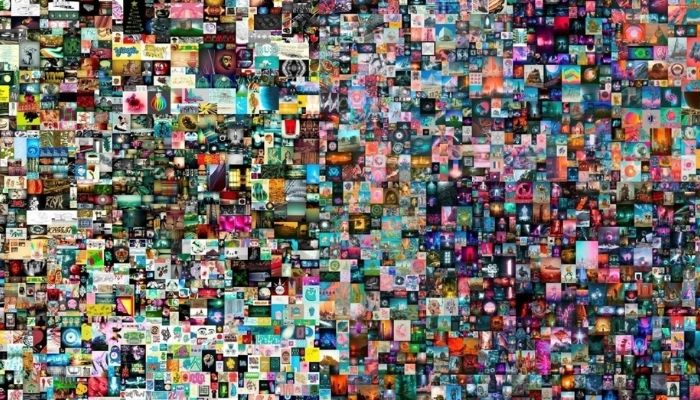
Beeple’s JPEG collage “Everyday: The First 5000 Days” sold for $69 million
NFTs meet 3D printing
Adding to this, in the world of additive manufacturing, more and more it is possible to find artists who offer their works for sale on digital marketplaces like Rarible or OpenSea as NFTs. Danit Peleg is one of them. Not only is she one of the pioneers when it comes to 3D printed fashion, but she also knows how to create value for her designs using non-fungible tokens. In an interview with her, it turns out that the young fashion designer has been thinking about how to securely document the digital process of her works in some form and make it available to others for several years now. She explains the process as follows: once an interested party purchases a Non-Fungible Token from her, the person gains access to a folder assigned to the NFT number. In this folder are a number of files, including instructions on print settings and a guide on how to assemble the individual pieces into the finished garment.
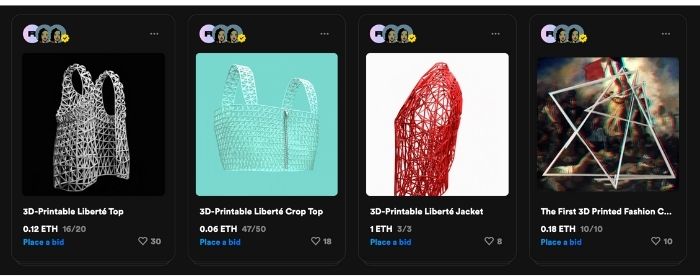
Danit Peleg’s 3D-printed fashions are limited edition and can be purchased on Rarible.
Because she provides buyers with the files at the time of purchase, Danit Peleg creates a bridge between the digital good and a physical object that buyers can 3D print themselves or commission from her. She adds, “I allow my buyers to additively make the garments themselves. I don’t restrict the buyers in any way, quite the opposite, I find it extremely exciting to follow what they do with my creations further down the line.” For example, buyers have the opportunity to choose the material and color for their garment themselves, which in turn creates a unique physical object. If Danit Peleg had her way, entire collections could be sold as an NFTs in the future. The purchased digital good could then transform depending on the season: a T-shirt could become a sweater for the winter season. In any case, she appreciates the multitude of new business opportunities that NFTs create for artists.
Ioan Florea, whose art is based on the philosophy and possibilities of open source technologies, also offers 3D printed art objects for sale as an NFT. He explains, “I became interested after exhibiting my 3D Printed liquid metal Ford Torino to Inside Bitcoin-Inside 3D printing show in New York in 2014. The theme of the 2014 was the 3rd Industrial revolution with the 3D printed liquid metal Ford Torino making the transition from assembly line to the blockchain open-source 3D printing technologies…NFTs give you access to the ownership and use of the 3D printed file artwork, I think is the first step of 3D printed art to become a new form of art. At this point 3D printed art is not recognized as artwork for tax or custom. It is considered industrial prototype machine made not art. This reminds me of Constantin Brancusi at the beginning of the 20th century when his “Bird ” sculpture was classified by US custom and registered it in the same category with kitchen utensils.”
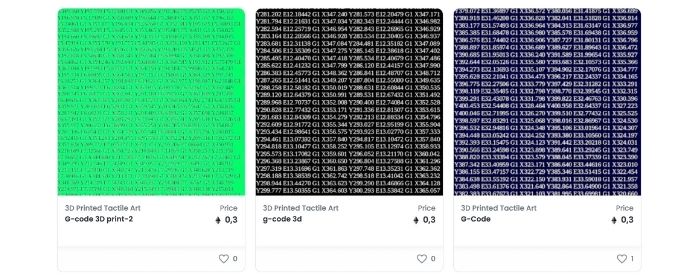
Ioan Florea’s G-Code can be purchased for 0.3 Ether (= as of 10/13/2021 899.40 Euro).
He also explains that the buyers of his NFTs are a generation that invests in cryptocurrencies and is convinced of their worth and continued existence. Among them are usually people who spend a lot of time in the virtual world. Similar to Danit Peleg, Florea’s buyers also receive the 3D file with unlocked content, in some cases also a link to the original STL file. Here, Florea specifically points to the advantage of 3D printing NFTs, as they are often associated with a physical object; at the very least, buyers would have the opportunity to generate a physical object for themselves, which is not the case with other digital goods. This makes 3D printing an ideal candidate for NFTs, as even if the cryptocurrency price fluctuates, buyers would still have a physical art object to touch.
Where is the token located and what is the legal basis to own one?
Similar to other cryptocurrencies, NFTs are based on a blockchain, i.e. a decentralized database, which helps to store the “digital fingerprint”, the so-called “hash” of the work and to make its uniqueness and ownership identifiable. Among the most popular blockchain is Ethereum. Jerome de Tichey explains the following, “Ethereum provides the flexibility to list, auction, and automate NFTs. Smart contracts (basically software used within the blockchain) come to play an important role in Ethereum, whereas they are used in a limited way in Bitcoin.” These smart contracts can stipulate, for example, that the creator of the work will receive a certain percentage of the sale value each time it is resold. This gives artists the great advantage of being able to profit from an increase in the value of their works.
NFTs are virtual goods, located on a blockchain ,and are intended to attribute ownership of a work of art to buyers. This, of course, raises many legal questions, especially about copyright, data protection law and financial aspects. Jerome de Tichey explained to us in conversation that we are currently still in a complete gray area when it comes to intellectual property rights. A variety of experts in the field of intellectual property, he says, agree that there are no rights associated with NFTs to the file to which the token is linked, and that no regulations can currently be applied to this case. The rights associated with NFTs could only be actually enforced in the context of the blockchain in which they are issued and exist.
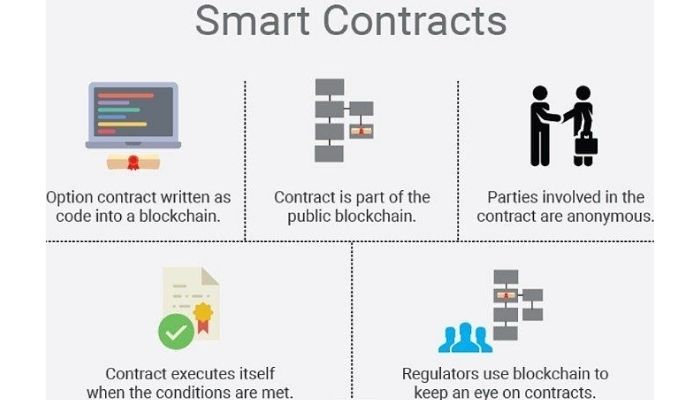
Image Credits: CodeBrahma
Jerome de Tichey expanded on this, noting the following: “Let’s take the example of an artwork: as an artist, I use a pair of cryptographic keys to sign a blockchain transaction that generate the NFT. This step is similar to the technology used in most document digital signatures, which you may have received yourself via email. At the same time, I have assigned a file that represents my art. Now I can transfer and sell this NFT to anyone, and anyone can prove that this NFT originally came from me because it has my digital signature on it. After releasing the NFT, someone can copy the file and create another NFT with the same file using their own signature, no barrier exists here. However, if a third party runs a blockchain-based museum, that third party can only whitelist and publish the NFTs of verified artists, while the art curator can track every NFT an artist has ever created in real time.”
Future outlook & challenges
Ioan Florea explains in the interview that it is currently not yet possible to store 3D print files (STL / OBJ) directly on the blockchain – this would be called up with a link (which is accordingly not secured with blockchain, representing a significant disadvantage for buyers). He hopes that this will change in the future and that platforms will also make crypto-mining more efficient or sustainable. He also notes that some platforms are prioritizing JPEG animations and videos, traditional digital media. 3D printing, he says, is a relatively new art form, but one that will become more mainstream. Danit Peleg also hopes that NFT can help democratize fashion completely. She can imagine that in the future her clothes will be worn not only in the real world but also in a metaverse (a collective virtual space). Peleg is also convinced that the high energy consumption of NFT, and thus its harmful impact on the environment, will improve significantly over time. Why blockchain is so power hungry will be explained in the following video.
You may now ask yourself why non-fungible tokens are offered and subsequently purchased at all. Can digital goods have any value? And how can the negative impact on the environment be justified? Admittedly, opinions are still divided on this question at the moment. While some clearly see the added value and potential of NFTs, others have many question marks. So it remains to be seen whether and to what extent NFTs will determine the way we value digital goods in the future. In any case, we will continue to follow the trend and are already excited to see what other opportunities will arise in this area for 3D printing.
What do you think of NFTs and their use in the world of 3D printing? Let us know in a comment below or on our Linkedin, Facebook and Twitter pages! Don’t forget to sign up for our free weekly Newsletter here, the latest 3D printing news straight to your inbox! You can also find all our videos on our YouTube channel.






